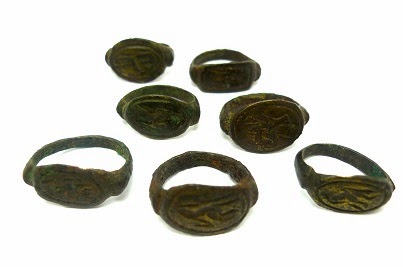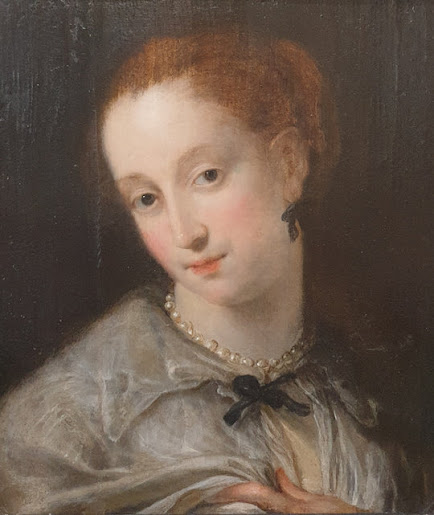Gryllos and Monsters in Antique Jewellery
Gryllos are composite and fantastical creatures, part human and part animal. From Homeric references to Ovid, and Byzantine historians, right up to Gothic revival in Victorian literature, the gryllos embodies the impossible. Moreover, it’s the lure of curiosity that gives it an enduring power of attraction – winged insects with cats heads and sphinxes with beetles wing cases – makes it an integral part of both myth and art.
 |
| Ancient Roman carnelian intaglio of a Gryllos - a composite monster made up by joining together various masks and animals. Offered by P & R Szuhay. |
For the fifteenth century man gryllos and monsters represent his secret nature and reveal him his own truth. Characteristic is the evolution of the famous gryllos already familiar to the Middle Ages in the English Psalters, Chartres, and Bourges. It taught them how ‘the soul of desiring man had become a prisoner of the beast’. But at the beginning of the Renaissance the gryllos escapes the world of legend and moral illustration to acquire a fantastic nature of its own. Animality has escaped domestication by human symbols and values, impossible animals, delirious animals issuing from imagination and the freedom of dreams.
 |
| Ancient Roman red jasper intaglio of a Gryllos made up of a head of a chicken joined into it a bearded profile. Offered by P & R Szuhay. |
Enigmatic gryllos and mythical monster fascinate because it is symbolic wisdom, elements of a different hermetic, esoteric learning. Half human half fantastic animal in the world of images the symbolic man becomes something, half between being an animal and a thing with the power is to teach and to fascinate.
 | |
| Ancient Roman ring from Afganistan with intaglio on bronze. Offered by Bakhtar Art |
No wonder they have found expression in jewellery making among other forms of art. In particular in the engraving of gemstones, this was a major luxury art form in the ancient world. Engraving means carving in intaglio with the design projecting out of the background.
 |
| Ancient Roman ring from Afganistan, cornelian intaglio set on bronze. Offered by Bakhtar Art |
Gems were mostly cut by using abrasive powder from harder stones in conjunction with a hand-drill. Though they were keenly collected in antiquity, most carved gems originally functioned as seals often mounted in a ring. On a more practical note a finely carved seal made forgery more difficult as the carved gem left an impression in hardened wax.
 | |
| Selection of Ancient Roman rings from Afganistan with intaglio on bronze. Offered by Bakhtar Art |
For more information visit www.graysantiques.com
Written by Titika Malkogeorgou
.jpg)

Comments
Post a Comment